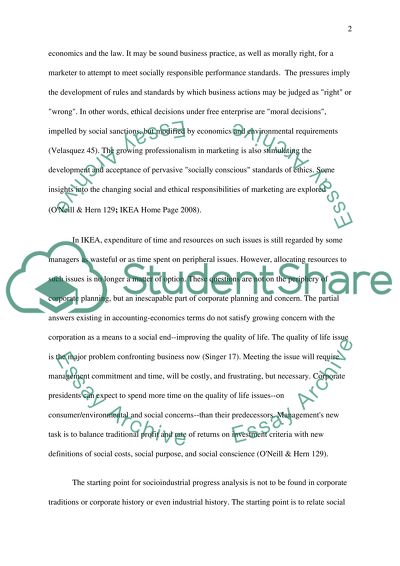Cite this document
(“IKEA Business Ethics Dilemma Case Study Example | Topics and Well Written Essays - 2250 words”, n.d.)
Retrieved from https://studentshare.org/miscellaneous/1532659-ikea-business-ethics-dilemma
Retrieved from https://studentshare.org/miscellaneous/1532659-ikea-business-ethics-dilemma
(IKEA Business Ethics Dilemma Case Study Example | Topics and Well Written Essays - 2250 Words)
https://studentshare.org/miscellaneous/1532659-ikea-business-ethics-dilemma.
https://studentshare.org/miscellaneous/1532659-ikea-business-ethics-dilemma.
“IKEA Business Ethics Dilemma Case Study Example | Topics and Well Written Essays - 2250 Words”, n.d. https://studentshare.org/miscellaneous/1532659-ikea-business-ethics-dilemma.


